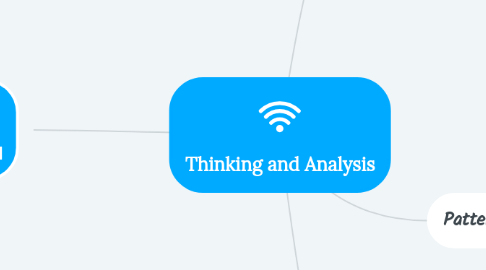
1. Business Proposal
1.1. Objectives
1.1.1. Describe basics
1.1.1.1. Elements, strategies
1.1.1.1.1. Key elements
1.1.2. Discuss goals
1.1.2.1. Goals
1.1.2.1.1. Persuading, achieving success
1.1.3. Identify strategies
1.1.3.1. Strategies
1.1.3.1.1. Ethos, pathos, logos
1.2. Introduction
1.2.1. Persuasive document
1.2.2. Necessary for success
1.3. Common elements
1.3.1. Unique idea
1.3.2. Traditional section
1.3.3. Ethos, Pathos, Logos
1.3.4. Professional
1.4. Types of proposals
1.4.1. Solicited
1.4.2. Unsolicited
1.5. Practice
1.5.1. Choose idea
2. Create thinking skills
2.1. Definition
2.1.1. Fiction and Facts
2.1.2. Role
2.1.2.1. Problem-solving
2.1.2.2. Generate ideas
2.2. Ways to stimulate
2.2.1. Sleep
2.2.2. Moving
2.2.3. Take break
2.2.4. Learning
2.2.5. Face diTakefficulties
2.2.6. Take notes
3. Patterns of thought
3.1. Definition
3.1.1. Thinking
3.1.2. Thought
3.2. Learning objectives
3.2.1. Cognitive domain
3.2.2. Affective domain
3.2.3. Psychomotor domain
3.3. Cognitive domain
3.3.1. Create
3.3.2. Evalue
3.3.3. Analyze
3.3.4. Apply
3.3.5. Understand
3.3.6. Remember
4. Critical thinking
4.1. Role
4.1.1. Problem-solving
4.1.2. Evalue information
4.1.2.1. Read for understanding
4.1.2.2. Examine arguments
4.1.2.3. Clarify thinking
4.1.2.4. Cultivate “habits of mind”
